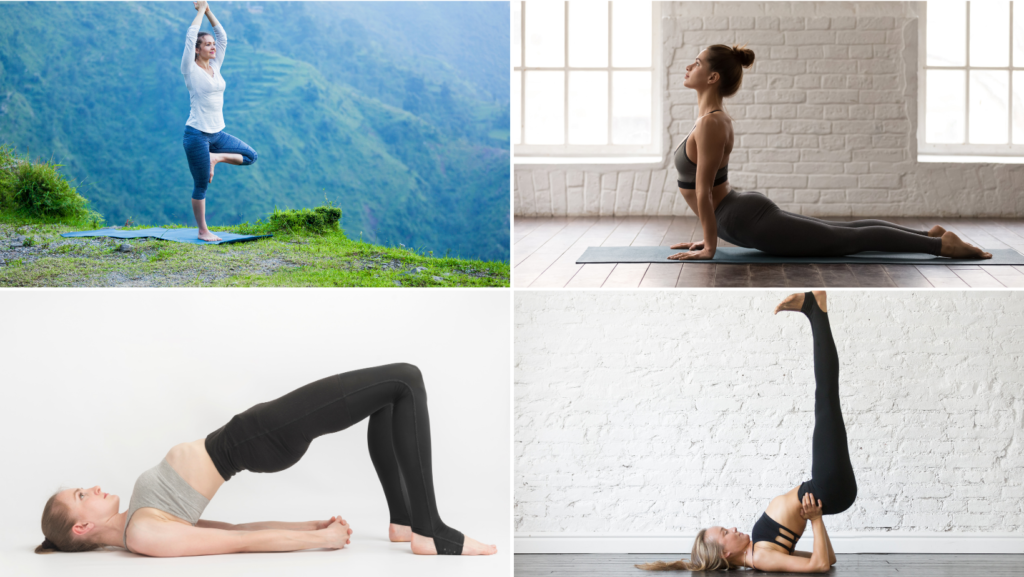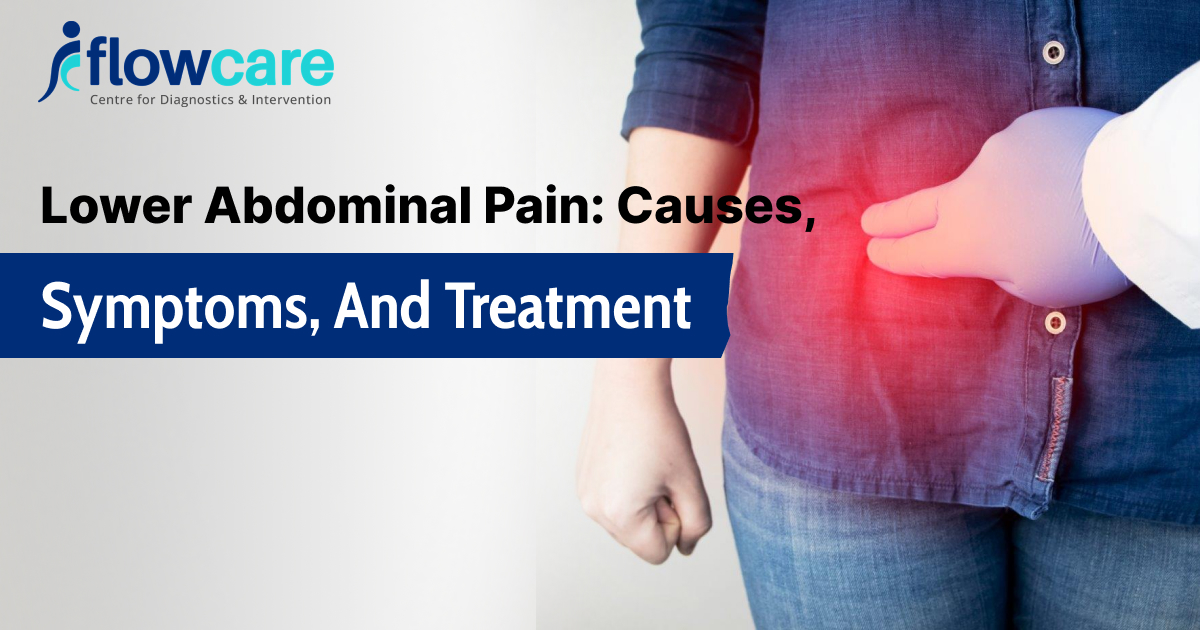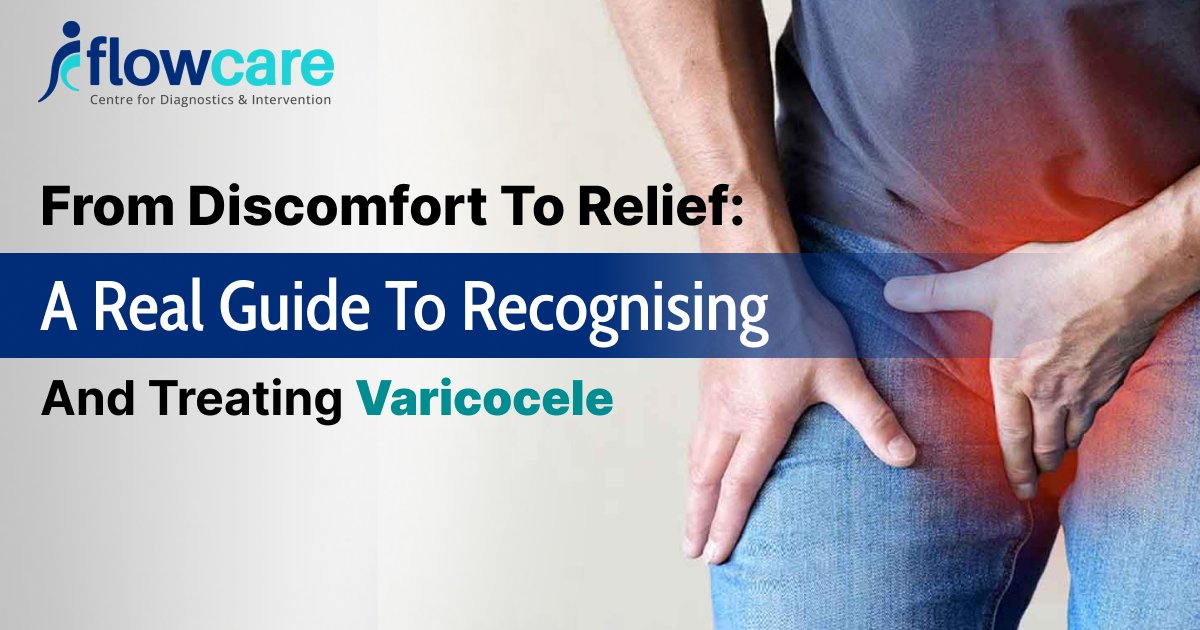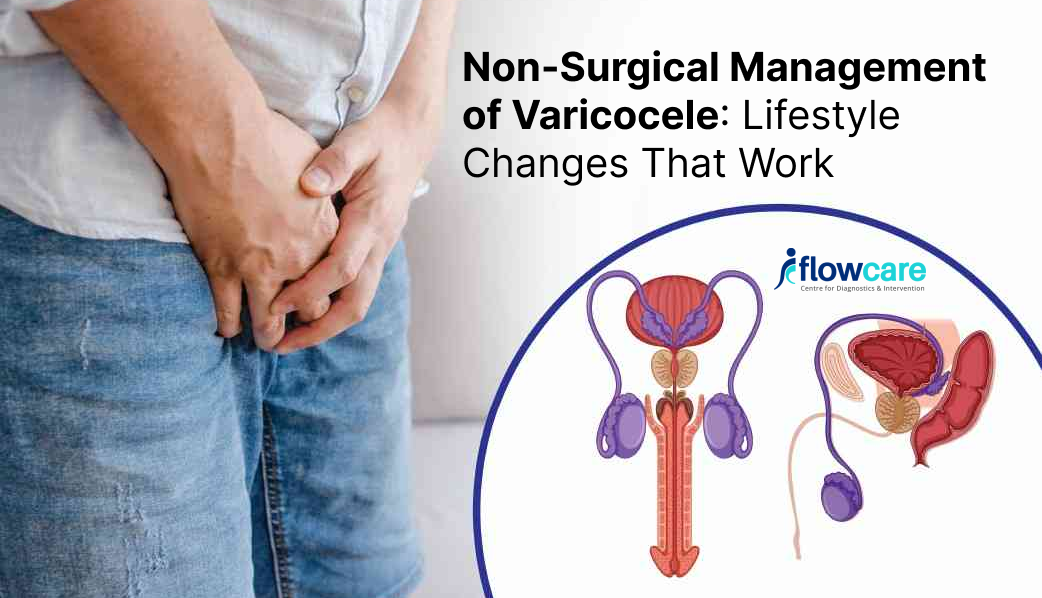
Yoga for Varicose Veins: Poses and Practices to Improve Circulation
Varicose veins could be a common condition yet are painful and cause poor quality of life. This condition is characterised by swollen, twisted veins often visible just beneath the skin’s surface. While varicose veins can be uncomfortable and unsightly, blending a healthy diet with the right exercise into your routine may offer relief. While talking about the impactful exercises Yoga tops the list. It is gentle, low-intensity movements and focuses on circulation. It can help soothe symptoms and improve overall vein health. In this blog, we’ll explore various yoga poses and practices specifically beneficial for managing varicose veins.
Understanding Varicose Veins
Due to various factors like age, lifestyle, pregnancy, and genes, valves beneath the skin start malfunctioning which causes blood to pool and veins to swell. Symptoms may include swelling, aching, cramping, and heaviness in the legs, particularly after long periods of standing or sitting. There is a high chance that this condition occurs due to poor quality of life or prolonged sitting. To manage this condition, yoga is an impactful way.
The Role of Yoga

By doing yoga, you can get various benefits especially for vein health. It promotes blood circulation, makes your muscles strong, and also reduces stress. With some specific yoga poses you can ensure to target the legs, improve blood flow, and alleviate discomfort associated with varicose veins. Apart from that, yoga encourages mindfulness and relaxation, which can help manage stress levels—a known contributor to vein issues. Thus, let’s learn some yoga poses that improve vein health.
Yoga Poses for Varicose Veins
Legs-Up-the-Wall Pose (Viparita Karani)
This yoga pose is also impactful if you have a desk or any other job that requires prolonged standing. To do this pose, perform these steps:
- Stretch your legs upward against a wall while lying on your back.
- Shut your eyes and keep your arms at your sides, palms facing up.
- For five to ten minutes, maintain the posture.
- Remember to pay attention to your calm, deep breathing.
This pose increases the blood flow from the legs back to the heart. It reduces swelling and relieves pressure on the veins.
Supported Bridge Pose (Setu Bandhasana)
Supported Bridge Pose enhances circulation in the legs and amplifies the pelvic floor muscles. You can try this Yoga pose anytime in the day.
- Lie on your back with your knees bent and keep your feet hip-width apart.
- To support this, you can also place a yoga block or bolster under your sacrum
- Press into your feet and lift your hips toward the ceiling while creating a bridge (setu) through your body.
- Hold the pose for 30-60 seconds, focusing on opening the chest and lengthening the spine.
- You can repeat the pose for 3 -4 times.
Tree Pose (Vrikshasana)
This is one of the simplest and easiest to-do yoga poses that you can do anytime and anywhere without much preparation.
- Stand tall with your feet hip-width apart.
- Shift your weight onto your left foot, lift your right foot off the ground and bend it.
- Place the sole of your right foot on your left inner thigh or calf, do not keep it on the knee.
- Bring your palms together in front of your chest or extend your arms overhead.
- Hold the pose for 30 seconds to 1 minute, then switch sides.
Tree Pose improves balance, strengthens leg muscles, and encourages blood flow in the lower body.
Cobra Pose (Bhujangasana)
Cobra Pose pushes the front of the body, including the abdomen and thighs, and stimulates circulation.
- Lie on your stomach and keep your palms flat on the floor next to your chest.
- Hold your elbows close to your body, press onto your hands and raise your chest off the floor. Keep your feet straight on the floor and the sole facing the ceiling.
- Engage your core muscles and extend through the top of your head.
- After maintaining the position for 15 to 30 seconds, return it to the starting position.

Practices to Enhance Circulation
In addition to specific yoga poses, incorporating the following practices into your routine can further support vein health:
Deep Breathing
Stress is one of the major causes of this condition. Deep, diaphragmatic breathing enhances oxygenation and blood flow throughout the body and eliminates stress.
Gentle Stretching
Include mild stretches to increase suppleness and relieve pressure in the vein-circumferential muscles.
Distress The Legs
To lessen oedema and promote blood flow back to the heart, raise your legs over your heart for a period of time each day.
Mindfulness Meditation
Tension and stress have become common due to lifestyle. To eliminate this factor engage in mindfulness meditation. These are beneficial to vein health in general.
Conclusion
Yoga is not just an impactful way to manage conditions but also offers a holistic approach to managing varicose veins. It helps in improving circulation, strengthening muscles, and promoting relaxation. Incorporating yoga poses and practices into your daily routine can help remove discomfort, reduce swelling, and support overall vein health. You can also practise these poses to reduce the risk of developing this condition. Remember to listen to your body, and modify poses as needed. Also, consult with a healthcare professional if you have any concerns or medical conditions. By embracing yoga for varicose veins, you can take proactive steps toward better vein health and overall well-being.
Along with yoga, an effective treatment is also a must which you can get at Flowcare Diagnostics & Intervention Centre. Here you will get consultation and guidance from Dr. Rajendra Prasad, one of Rajasthan’s most experienced interventional radiologists.






